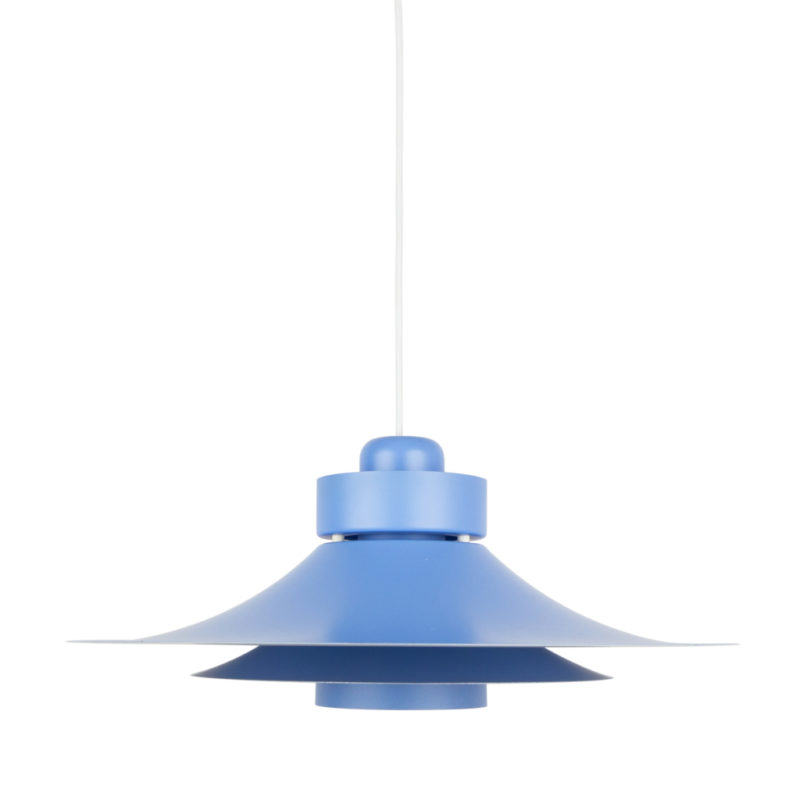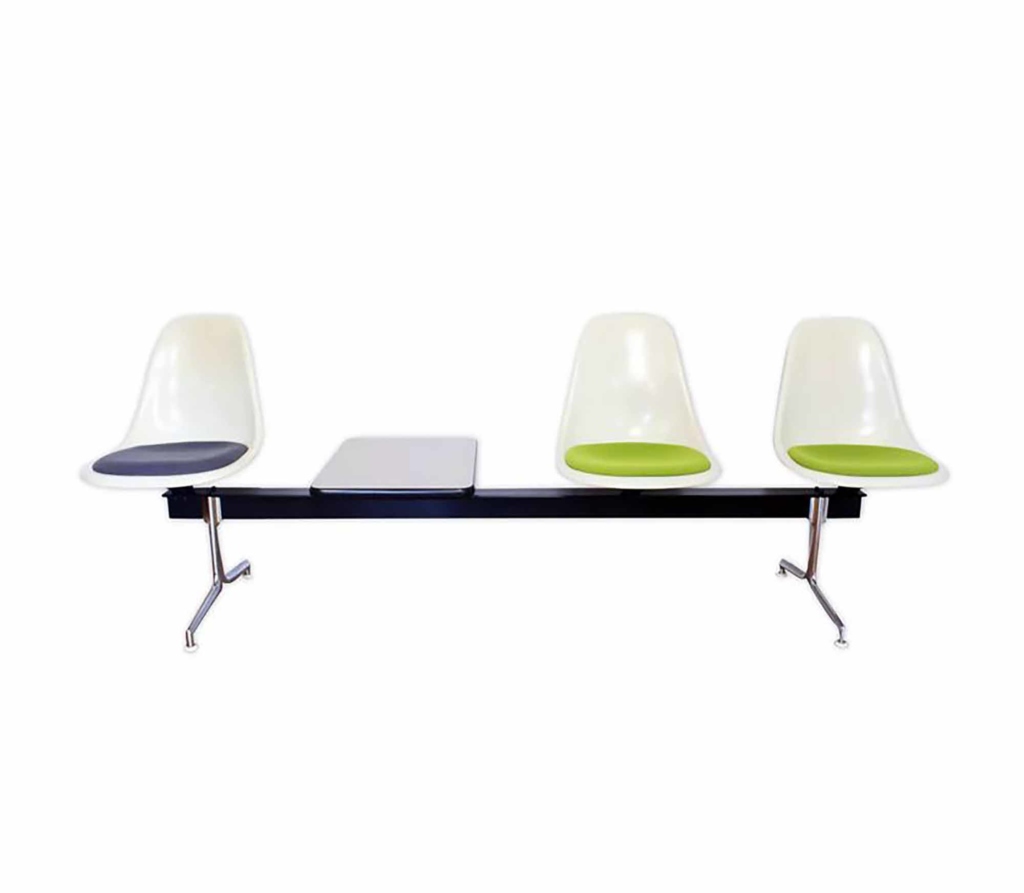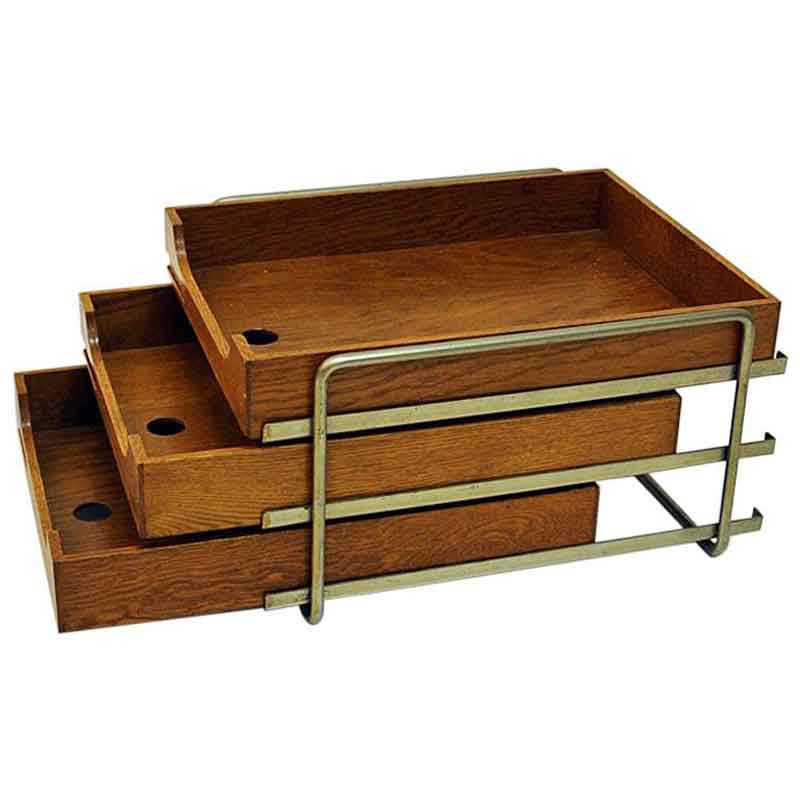I just bought a few light fixtures today (new), and the dealer all but warned me away from buying this one, saying that I wouldn't like it because the shade was very hard to put on, that it would drive me crazy, and I forget what else because I mentally tuned him out after the first 5 minutes of the "shade warning" lecture. I figured he was just a goof (after all, he looked like one...), so I tried to assure him that he had nothing to worry about, I know lamps, everything would be fine, and I went ahead and bought it. Well... at least now I know exactly what he was talking about.
The shade is a plastic film that comes rolled up and is joined at the end (to form a tube) simply by interlocking tabs. Which of course are utterly impossible to join, since the edges and everything else wants to curl up. I don't want to return the light as I quite like it, and haven't seen this design elsewhere. I'm sure there's a way to fix this. No?
Hmmm...
So, the problem's the fact that the plastic's probably been rolled up for a long time, and wants to keep its curl?
Why not flatten it out, weighted, between sheets of brown paper (to protect it) for several days? I'd use piles of books, myself.
A boring solution, admittedly; but I'd try that before resorting to the big guns of home repair (hair dryers & curling irons).
Hi. I thought about weight,...
Hi. I thought about weight, but something tells me that's not going to work, that's its going to snap back into its curl just as soon as I lift off the weights. It is -really- curly. It was originally packed as a rolled tube to save space, and this stuff really has a tendency to curl naturally, it seems. I could try that if all else fails, but I just read of a more heavy duty method involving an iron, and a piece of wet cloth over top. It was an answer recommended for someone with a problem of a wrinkled plastic tablecloth (you iron the wet cotton with the plastic underneath). Not sure if this will damage my lampshade though...
Too late. The point of impossibility of refund has already passed.
I just broke the globe 5 minutes ago, trying to take the socket assembly out of it, which fits on by way of a spring clip system that goes into the globe. (Note to self: Don't try to fit large-ass 26w compact fluorescent bulbs in this light fixture any longer). So the good part is, now I don't have to worry about whether I will be able to take it back to the dealer. Now... where did I put that steam iron?....
Proceed
with caution; look for ways to slowly increase heat. Start with immersion in warm water. See what that does. Avoid methods which are likely to provide spotty heat. Ironing seems like one of these.
I worked in a lamp store, and broke at least one globe because of those spring fittings. Globes are easily obtained. Start at a local lamp store (take the pieces -- there are many sizes, including diameter and rim of opening). Make sure to get the right sizes. Or look online.
Please do not touch it with an iron, you will destroy
it with an iron, you will destroy it!
Emerging it in warm water is not a bad idea because all plastics with the exception of polyacetal show slow deformation called cold flow.
I am sure you can mount it the way it is. The reason why there is tension on it is of course that it has been rolled in a tube, but...you need the tension because of the tabs on the connecting edge. The way it works is that the tabs should be on the outside not on the inside. They curl inwards so it will not connect if you put the tabs inside. But if you put them on the outside it works.
Do not worry about the globe there are plenty of them in almost any imaginable measurement
And now for the conclusion of the lampshade horror....
First, thanks all for the great ideas. I wish I would have had the patience to actually wait for them to all come in before tackling the problem of the ever-curl poly film lampshade. (But no, you really couldn't join the ends no matter which way, without doing something to the film, because it just curled way too much). Unfortunately, I tuned out WHC around the time he started talking about weighing the film down with books over several days. Several days wasn't going to do for an "emergency lampshade issue". I started tuning him back in when he said "Iron away.... what do I care...". Which I did in no time flat. (Note to self: "4" is way too hot for this procedure). Okay, so as some have already surmised, that didn't work too well. It did indeed melt the plastic in some places. Then I left it at "1", (which only melted the plastic just a little bit).
The submerging in warm water was a great idea I hadn't thought of. So good, that I figured hot water would be even better, and make everything go faster. (Note to self: don't do this in hot water again). Well, of course, the heat of the water curled the plastic too much, leading to more melty places. At this point, I was starting to run out of ideas (and ways to melt the plastic). The film was now beyond being affected by the humble book idea. I looked at alternative materials I could use in place of the original shade, from an art store chain. But I knew that I would not find anything as satisfying as the gorgeous amber color of the original shade. So I thought of how I could try to salvage it, looked up and saw an extra off-white vertical blind panel I had in the closet. Remembering that this can be bent but will always retain its original shape, I cut two strips and glued them to the edges of the plastic film. (see pics) Its a bit artsy craftsy, but for the hallway where I plan to install the light, I can live with it (and I know I'm not gonna have much problem finding a proper fitting globe that can take a large CFL). I think what this fixture really needed was two transparent plastic rings to which the shade edges can fit into, and provide the necessary support and shape that it needs. It would up the cost a bit due to a larger box, but I and I'm sure other customers would have paid the price. As it stands, I don't know how they can sell any of these lamps! (No kidding they didn't have any of this model on demo! Even the dealers couldn't set it up properly.)
Yikes.
I suppose we've all ruined things, through impatience and lack of care.
Repair fiascos are necessary & valuable-- now you've firsthand knowledge of how this type of plastic reacts to heat.
Not unlike the time I tried to flatten a warped LP in the oven, on a baking sheet...
If you need any help, please contact us at – info@designaddict.com









